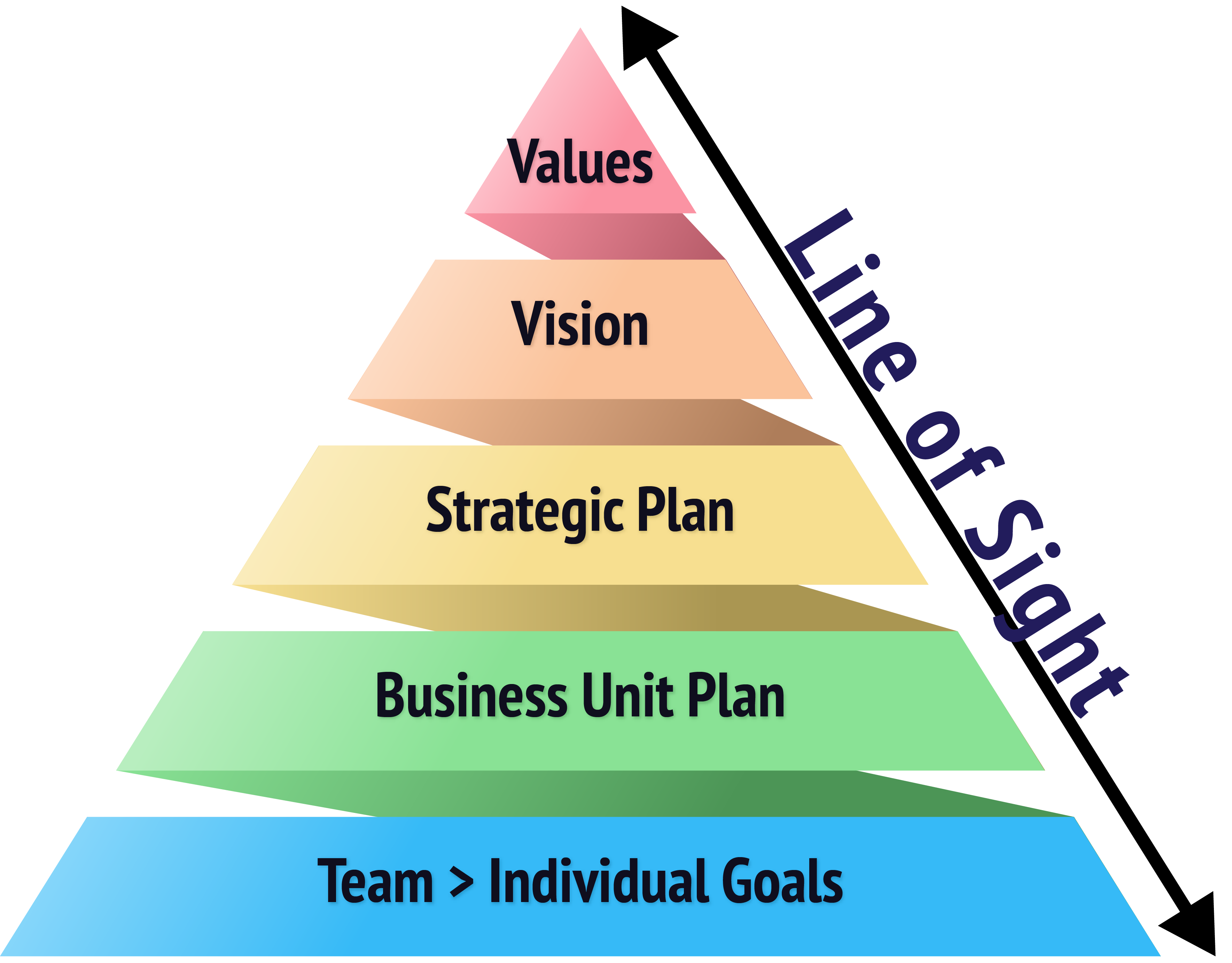The culture of your organization has been in place since its very beginning. Culture is started by the founders who imprint the organization with their values, management, and leadership style. This culture will evolve as the organization grows.
Culture is not intangible. It can be defined by observing :
Patterns

- What will not compromise
- The norms (our expected behaviours; unwritten rules; rituals)
- Ways decisions are made, information is managed; people are treated, conflicts/differences are handled and managed.
Events

- Symbols/Rituals
- Corporate Legends (the company’s oral history)
- Ceremonies
- Physical setting
- Language/Slang used by employees
Identity

- Your Employee Brand: What is our brand as defined by our employees?
- Our Customer Interactions: How we treat our people is how they will treat our customers/suppliers.
- Employer Brand: What is our image/reputation by prospective employees?
Culture is in the DNA of Your Organization
Leaders demonstrate their values in the decisions they make and the actions they take daily. In turn, employees will interpret these decisions as consistent or inconsistent with what management tells them the culture is versus the reality they live. Consequently, within some organizations, there are two cultures: the overt culture: the stated values on the poster or website, and the covert culture: the values that truly drive decision-making and permeate the organization. Only when the overt and covert cultures are aligned will you be able to realize and maintain a robust and healthy culture. When the overt and covert cultures do not align, you inevitably create an environment of cynicism. Like DNA, corporate culture does not change; rather, it evolves.
Our Cultural Articulation/Strengthening Your Culture Engagements consists of:
- Values and Vision Articulation
- Role Clarification
- Surveys and Analysis
- Team Building
- A process we call: “Bring Our Values to Life.”
The Positive Impact
Some of the positive impacts that a healthy and well-articulated culture has on your organization:
- Hiring for fit-to-culture will facilitate more productive workers
- Longer employee tenure within the organization
- Clarity of expectations
- Consistency of living the values creates a psychologically safe work environment
- A change in strategy is natural because it connected to the values and vision of the organization
Values are:

- Strongly held beliefs
- Emotionally-charged
- Resistant to change
- Universally-applied
A Vision (Purpose) is:

- Something significant that is yet to be accomplished
- Pulls at the heartstrings of the employees
- Provides a “North Star”
- Gives meaning to the execution of one’s commitments
Once you state your values, the values are all of equal importance; there is no value hierarchy or priority.
The values are the company’s definition of its unique business ethics.
 DS Cohen & Associates
DS Cohen & Associates